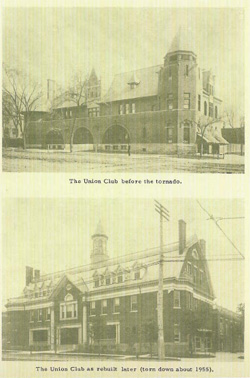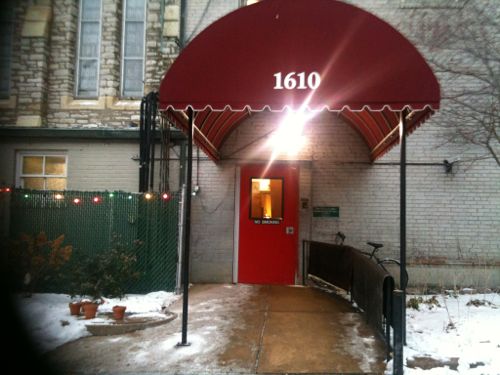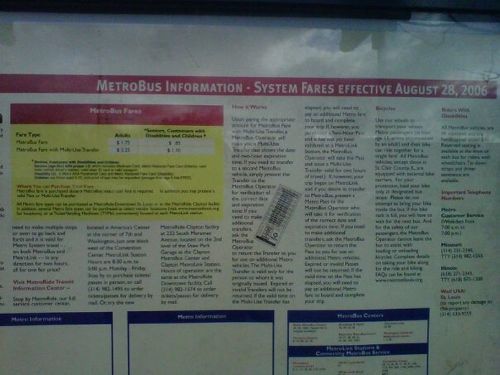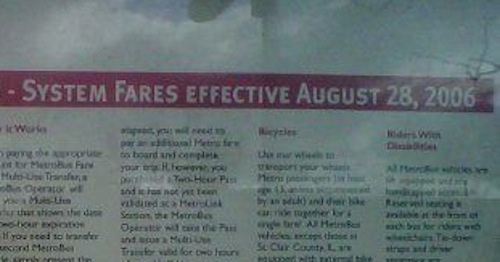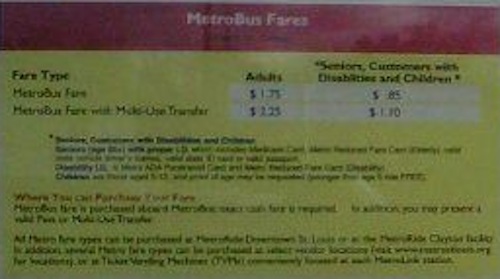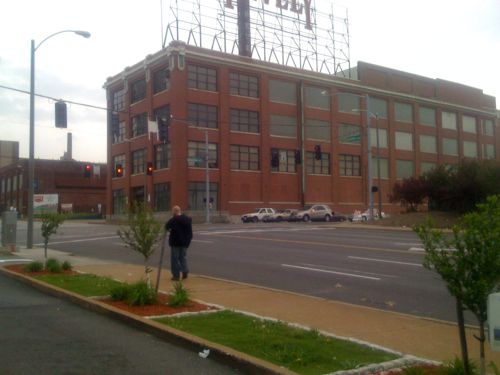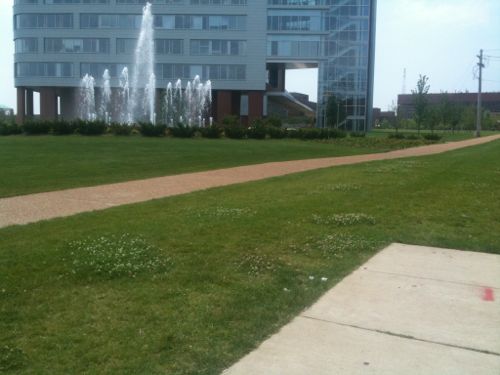Poll: Should MoDOT Make I-70 A Toll Road To Raise Funds?
|
|
Missouri doesn’t allow toll roads but MoDOT wants to change that.
Under the scenario, MoDOT would contract with a private firm to rebuild I-70 and collect tolls as specified in the contract. In the existing model, no tolls would be collected in the St. Louis and Kansas City metropolitan areas.
State lawmakers briefed about the concept estimate about 50 percent of Missourians would support a toll project. (Source)
Another option is increasing the state fuel tax 0.15¢ per gallon.
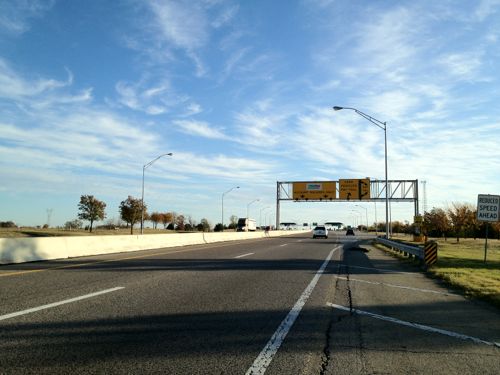
In the 21+ years I’ve lived in St. Louis I’ve made 15-20 round trip drives to Oklahoma City, paying tolls to drive on I-44. My trip two weeks ago cost me $16 in tolls. I bought gas twice in Oklahoma on this trip but paid nowhere near $16 in Oklahoma gas taxes. I used the road and, over the years, have paid for said use to the tune of about $200.
From a 2002 MoDOT study on tolls:
The Oklahoma Turnpike Authority (OTA) was established in 1947 to construct, operate and maintain the Turner Turnpike. In 1954, OTA’s responsibility was expanded to include the construction of additional turnpikes. In 1999, the Oklahoma Turnpike Authority changed its name to the Oklahoma Transportation Authority. Today there are 566 miles of toll roads in Oklahoma. The Oklahoma Transportation Authority board consists of seven members including the Governor and one from each of the six congressional districts. They are appointed by the Governor and approved by the State Senate.
Operation of the Oklahoma turnpike system is financed by toll and concessionaire rentals. The average toll rate for passenger cars is 4.1 cents per mile and 10.6 cents per mile for commercial vehicles. The revenues generated by tolls and concessionaire rentals pays for all of the operation, maintenance, and construction costs of the Turnpike. The Operating Revenues in 2000 were $132.8 million of which $14.2 went to toll collections and $35.6 million went to debt service. PIKEPASS is the electronic toll system for the turnpike. PIKEPASS users comprise 49 percent of the total vehicle traffic.
The Oklahoma system of toll collection has changed since I first moved to St. Louis in 1990. At that time you took a ticket to show where you entered the toll road and paid when you exited. Now they have two big toll plazas along I-44, one between the Missouri state line and Tulsa and the second between Tulsa and Oklahoma City.
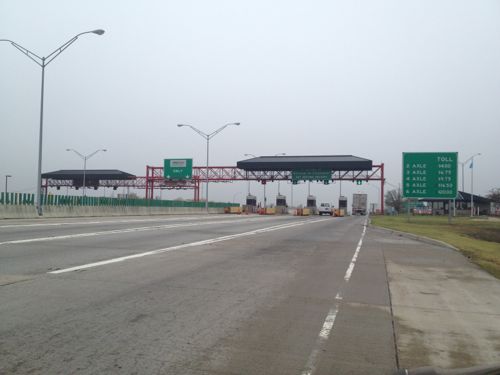
If you enter from Missouri but exit before the toll plaza then you pay at the exit. These are unmanned booth with bill changers so drivers can get coin to deposit into the bin. If you exit after the toll plaza but before the end of that section you present your receipt to the person who refunds you the difference. An electronic device (PIKEPASS) is available so you don’t have to stop, you just keep on driving and it debits and credits your pre-paid account.
Since I only do the drive once a year I’ve never bothered getting the device, even though I’d save money each trip (PIKEPASS users get a discount on tolls). A round trip in a semi-truck costs $80 ($20 per stop). I noticed many trucks in the toll plaza during my four stops to pay. MoDOT seems to think everyone will use an electronic device, which just isn’t true based on my experience.MoDOT’s 2002 report indicates 49% pay electronically. Obviously this may be different nine years later.
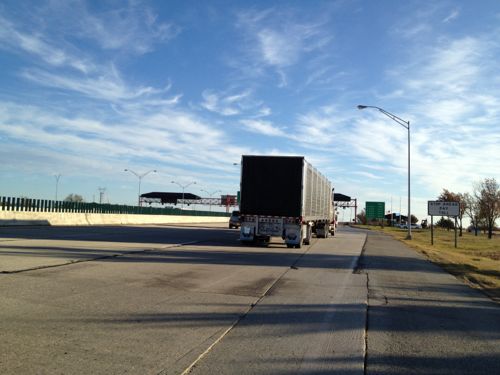
On the positive side, I-44 in Oklahoma is very well maintained and self sufficient when you include federal transportation funds. The toll booths also create jobs in rural areas.
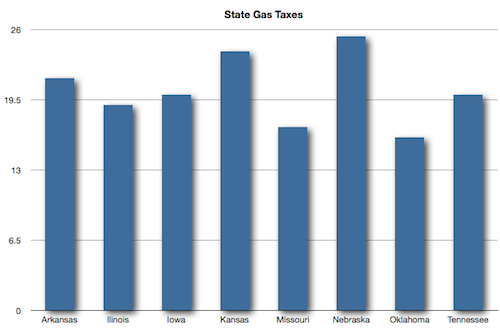
Right now Missouri is in the bottom group of states when it comes to gas taxes. MoDOT’s 15¢ per gallon alternative would put us near the top — paid by everyone in the state. Clearly they are trying to get the Missouri legislature to allow them to toll I-70. Regardless of tolls on I-70 I think our gas taxes should be increased 3-5 cents per gallon to put us into the average for the surrounding states.
The question of tolling I-70 is the poll topic this week. You can vote in the right sidebar and add comments below.
– Steve Patterson
